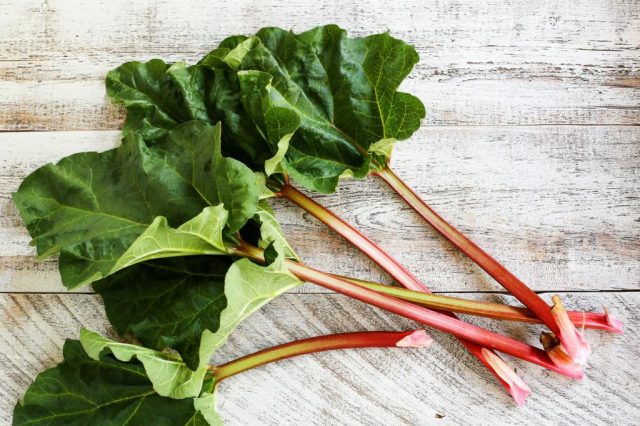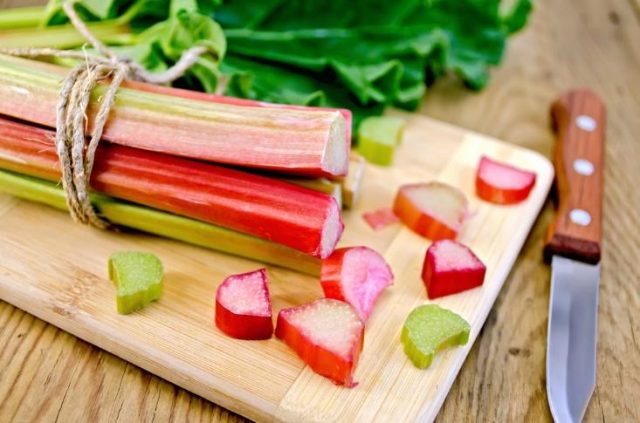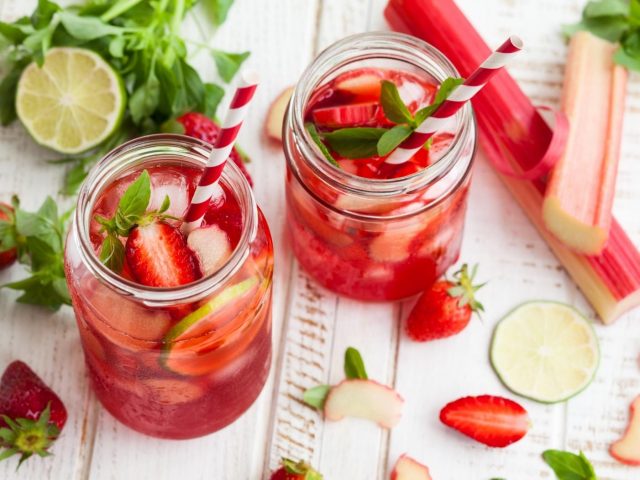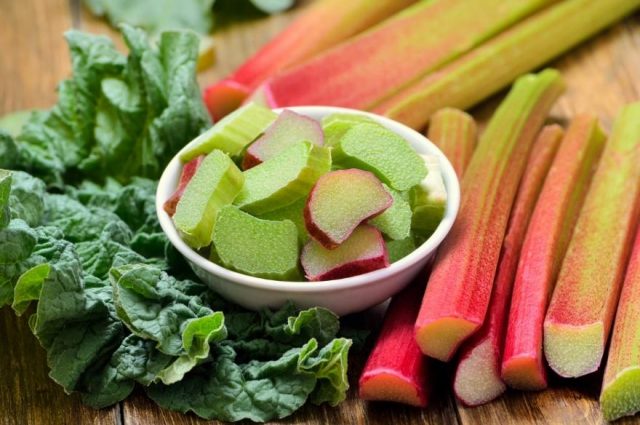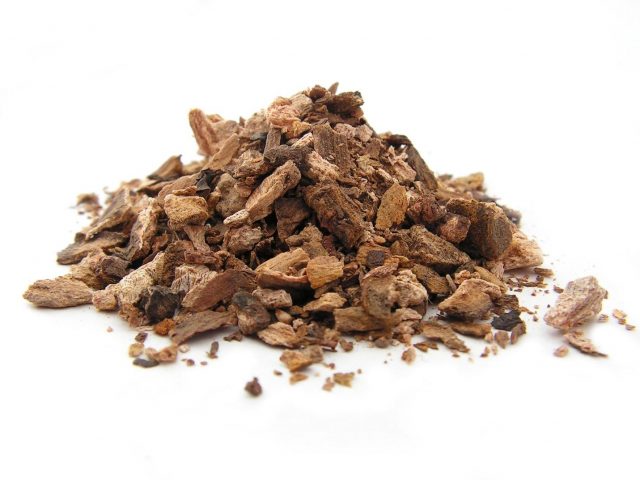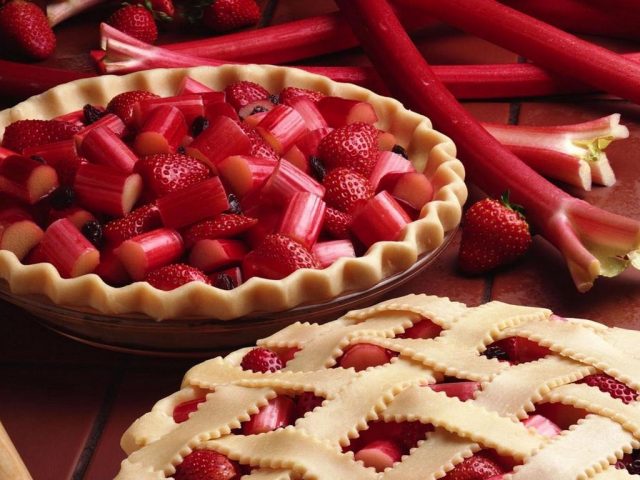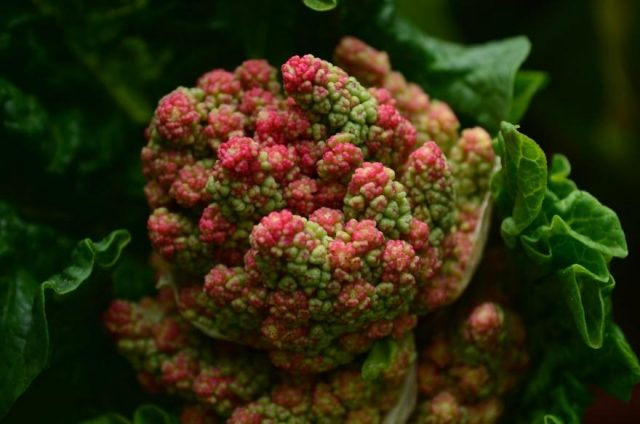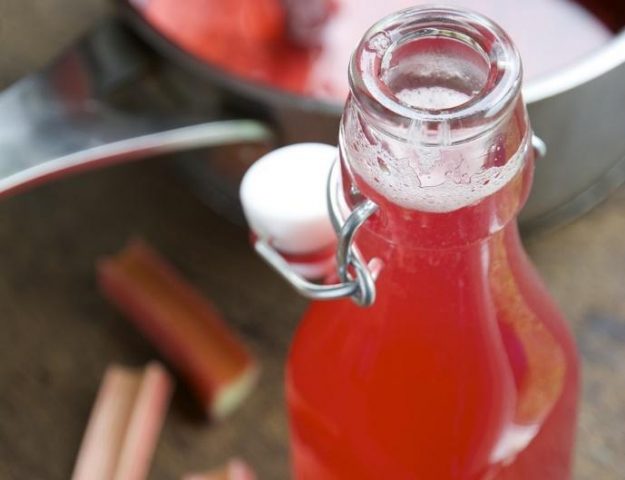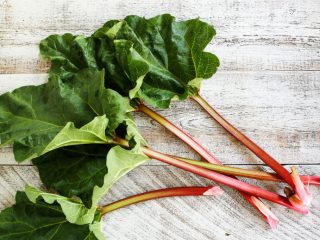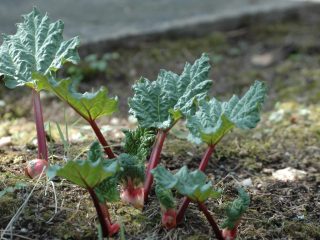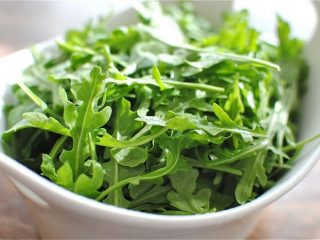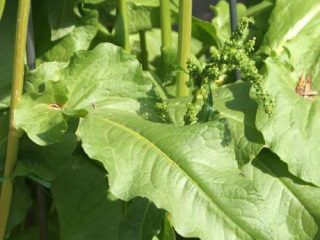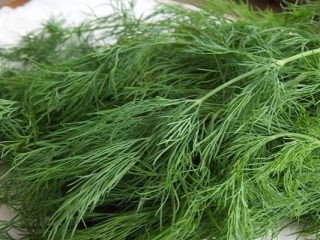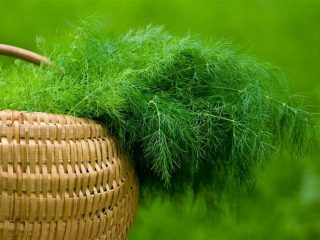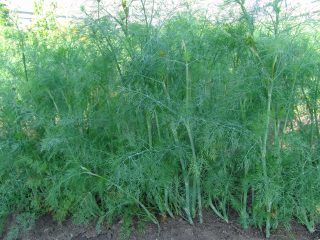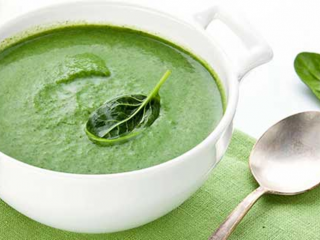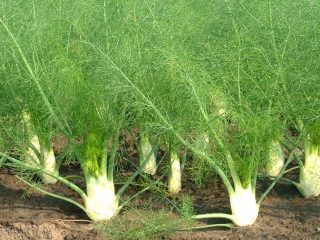Content
- 1 Nutritional value and chemical composition of rhubarb
- 2 What are the benefits of rhubarb for the body?
- 3 What does rhubarb help with?
- 4 Medicinal properties and contraindications of rhubarb root
- 5 Is rhubarb good for weight loss?
- 6 The benefits and harms of rhubarb juice
- 7 Benefits of rhubarb flowers
- 8 Restrictions and contraindications
- 9 The use of rhubarb in folk medicine
- 10 The use of rhubarb in cosmetology
- 11 Conclusion
The use of a plant such as rhubarb, the benefits and harms of which to the body have been known for a long time, is still being debated to this day. The culture belongs to the Buckwheat family. It has become widespread throughout Asia, from Siberia to Palestine and the Himalayan mountains. The plant is also grown in Europe.
Nutritional value and chemical composition of rhubarb
About 90% of the composition of the stems and leaves of the plant is water, the remaining 10% is carbohydrates, proteins, fats, ash and dietary fiber.
Nutritional value (per 100 g of raw materials):
- carbohydrates – 2.5 g;
- proteins – 0.7 g;
- fats – 0.1 g.
The plant also contains sugar (approximately 2%) and organic acids (up to 2.3%). Thanks to this, its petioles have an interesting taste with a pronounced sourness, slightly reminiscent of the taste of a green apple.
Vitamin content in rhubarb
Rhubarb petioles contain a huge amount of vitamins and beneficial microelements in their composition:
Vitamin name | Content per 100 g | % of daily value |
Potassium | 325 mg | 13% |
Vitamin C | 10 mg | 11,1% |
Calcium | 44 mg | 4,4% |
Magnesium | 17 mg | 4,3% |
Vitamin B9 | 15 mcg | 3,8% |
Vitamin B2 | 0.06 mg | 3,3% |
Iron | 0.6 mg | 3,3% |
Phosphorus | 25 mg | 3,1% |
Vitamin B6 | 0.04 mg | 2% |
Vitamin B5 | 0.08 mg | 1,6% |
Vitamin E | 0.2 mg | 1,3% |
Beta carotene | 0.06 mg | 1,2% |
Vitamin A | 10 mcg | 1,1% |
Vitamin PP | 0.2 mg | 1% |
Vitamin B1 | 0.01 mg | 0,7% |
Sodium | 2 mg | 0,2% |
In terms of the amount of vitamins and nutrients it contains, the plant can compete even with apples.
Calorie content of rhubarb
Rhubarb is considered a low-calorie product, which is often recommended for weight loss. 100 g of product contains only about 16 - 20 kcal, which is much lower than the calorie content of celery, dill or parsley.
What are the benefits of rhubarb for the body?
The juicy rhubarb stems shown in the photo can bring both benefit and harm to the body. However, in the absence of personal contraindications, this plant has much more beneficial properties, the product is equally valuable for both women and men; Even children and elderly people can use it.
Is rhubarb good for men?
For men who are seriously involved in sports and improving their physical fitness, this product will help build muscle mass.
The benefit of the plant for older men is to strengthen joints, bones and teeth.The presence of succinic acid in the composition also helps strengthen the heart muscle in case of coronary heart disease.
Benefits of rhubarb for women
The product can bring enormous benefits to the female body, especially during menopause, which is accompanied by the natural decline of reproductive function, as well as physical and emotional discomfort. A large amount of calcium included in the composition will help get rid of night hyperhidrosis, insomnia and mood swings.
Consuming rhubarb powder helps stabilize the menstrual cycle. Among other things, for a long time women have been using this plant in home cosmetology to care for the skin of the face and body, for nutrition and hair coloring.
Is rhubarb ok for pregnant women?
The product also benefits pregnant women because it contains iron, calcium, magnesium and choline. Choline (Vitamin B4) contributes to the proper development of the baby's brain in the womb. For the body of pregnant women, fresh rhubarb petioles are one of the best sources of this beneficial substance.
Potassium prevents bleeding. Calcium keeps the teeth and bones of pregnant women healthy, and, in addition, it takes part in the formation of the fetal skeleton.
Can children eat rhubarb?
For the first time, the product can be given to a baby at the age of 10 - 12 months. It is especially beneficial for children suffering from constipation.
However, it is not recommended to give fresh leaves to children; the best option for a child’s body would be rhubarb compote. Once a child reaches two years of age, syrup made from the stems of medicinal rhubarb can also be used as a folk remedy for constipation.
Compote for baby food is prepared as follows:
- It is necessary to peel the petioles and squeeze the juice out of them.
- Mix the juice with boiled water and the juice of fruits familiar to the child.
Adding fruit juice will soften the sour taste of this healthy herb, which not all kids like. For the first time, the child is given only a few drops of compote to try, and then his reaction is monitored: if it is positive, then the portion of the drink is gradually increased with each dose.
Despite all the benefits, the high content of acids in the composition can provoke the formation of stones in the child’s kidneys, gall bladder and bladder. For children with gastritis with high acidity, the product can be dangerous, but for children with gastritis with low acidity, on the contrary, it is useful.
What does rhubarb help with?
Rhubarb is an excellent natural medicine. This is a plant that benefits the entire body. It is recommended to be used as an aid for diabetes, cancer, high blood pressure and diseases of the cardiovascular system.
For diabetes
Rhubarb is considered a hypoglycemic product.For diabetes, this herb is good because it contains a small amount of proteins, carbohydrates and fats, but on the contrary, it contains a lot of water, organic acids and vitamins.
For people suffering from type 2 diabetes, the product is particularly beneficial. It helps reduce cholesterol and remove waste and toxins from the body. The foliage of the plant stimulates the release of insulin in the pancreas. Products containing xylitol can also lower blood sugar levels.
For cancer
Eating rhubarb is a good prevention of cancer. To get maximum benefit, it is recommended to consume it pre-baked in the oven for 20 minutes. Baked petioles are characterized by a high concentration of natural substances that can destroy cancer cells. These substances are called polyphenols. Scientists even want to use the plant as the basis for new anti-cancer drugs.
For gout
Despite the obvious benefits, it is still recommended to avoid this medicinal plant if you have gout. High concentrations of organic acids can lead to worsening of the condition.
From pressure
The plant has long been used to lower blood pressure. The fiber contained in the herb helps remove cholesterol deposits from blood vessels and arteries, which lowers blood pressure.
For the cardiovascular system
By cleansing cholesterol from blood vessels with fiber, consuming this product also helps improve the functioning of the entire cardiovascular system.Iron and copper in the composition normalize blood circulation and activate the production of red blood cells.
Medicinal properties and contraindications of rhubarb root
As a rule, rhubarb roots ripen closer to the fourth year after planting. When the plant is six years old, a sufficient supply of nutrients has already accumulated in the roots.
The roots of this culture have a lot of medicinal properties, have a choleretic, astringent, laxative and anti-inflammatory effect on the body.
Rhubarb is famous for its many beneficial properties, but there are also contraindications for its use. The use of rhubarb roots is not recommended for stomach ulcers, intestinal obstruction, and bleeding. The use of medicines from this plant can also harm pregnant women.
Benefits of rhubarb root for hepatitis
Due to its choleretic effect, the root of this plant is beneficial for hepatitis. Its use helps to normalize the secretion of bile in the liver. To treat this serious illness, a decoction is most often used, the recipe for which is given below in the article.
For vitiligo
For vitiligo, it is recommended to lubricate the lighter areas of the skin three times a day with freshly squeezed rhubarb root juice. Over time, the juice will help darken these areas. However, it can tighten the skin and cause a feeling of dryness, so when applying the product to the face, it is better to mix it with nourishing creams or creams.
For constipation
Rhubarb is useful for constipation because it contains a bitter glycoside that irritates the receptors of the colon, which promotes its rapid cleansing. An infusion of the root is most often used as a laxative: its recipe is also given in the article.In addition to infusions and decoctions, tablets and powders are often used, which can be purchased at the pharmacy.
Is rhubarb good for weight loss?
The plant contains from 16 to 20 kcal. You can prepare many delicious and healthy dishes from it. Rhubarb makes an excellent base for low-calorie desserts. Thanks to this, it can become an indispensable assistant in creating a dietary menu.
Benefits of rhubarb for weight loss:
- purgation;
- normalization of metabolism;
- stimulation of gastric juice production;
- improved digestion;
- diuretic effect;
- elimination of edema.
The benefits and harms of rhubarb juice
Freshly squeezed rhubarb juice can benefit the body only when consumed in moderation. It contains a huge amount of vitamins and microelements necessary for the body, however, if you consume more than 50 - 100 ml of juice per day, you can burn the intestinal walls and provoke the development of heartburn.
Benefits of rhubarb flowers
Rhubarb flowers also have beneficial properties: in China and Tibet they have long been considered a healing delicacy, but in Russia they are consumed very rarely. Much more often, stems, leaves and roots are used in folk medicine.
Restrictions and contraindications
Despite all the benefits for humans, rhubarb can also cause harm. Contraindications to the use of this plant are:
- stomach ulcer;
- acute appendicitis;
- cholecystitis;
- acute peritonitis;
- exacerbation of hemorrhoids with bleeding;
- the presence of stones in the gall or bladder.
Caution should be exercised when consuming rhubarb during pregnancy and breastfeeding. It is recommended to introduce the product into the diet in the listed cases only after consulting a doctor.
The use of rhubarb in folk medicine
Having information about the benefits and harms of rhubarb, you can begin to master recipes for preparing medicines. The plant has long been widely used in folk medicine. There are many recipes for folk remedies that help cope with a wide variety of ailments.
Recipe for a decoction used for hepatitis:
- chop 1 tbsp. l. rhubarb root;
- mix with 250 ml of boiling water;
- simmer for about 20 minutes over low heat;
- leave in a warm place for 10 hours;
- strain.
The decoction is taken 1 tbsp. l. three times a day before meals for 2 months. After which you need to take a break of 2 weeks, and then repeat the course again. According to reviews, this recipe for rhubarb root decoction for hepatitis is the most effective.
Constipation infusion recipe:
- dry and grind the rhubarb root;
- 2 tbsp. l. pour boiling water over the resulting mixture;
- leave for 10 - 15 minutes;
- strain.
Drink 50 ml of infusion at night. You should not use the infusion for too long, because over time the body will begin to get used to its effect, and the medicine will stop working.
In folk medicine, rhubarb tincture with alcohol is also often taken to prevent constipation. To prepare it, you need:
- mix 20 g of dry and crushed rhubarb root, 20 g of calamus and 20 g of gentian;
- add 200 ml of 70% medical alcohol;
- leave for 10 days;
- strain.
The tincture is consumed 1 tbsp. l. 1 time a day after meals.
When consuming tinctures and decoctions prepared according to these recipes, it is always necessary to evaluate the benefits and potential harm to the body that rhubarb can cause in the presence of certain contraindications.
The use of rhubarb in cosmetology
In addition to caring for the skin of the face and body with vitiligo, the plant is used in cosmetology mainly for dyeing blond hair. For this purpose, according to the following recipe, prepare a decoction:
- Mix 20 - 30 g of dry crushed root in a saucepan with 250 ml of water;
- cook for 15 - 20 minutes, stirring constantly;
- remove from heat, cool.
Rinse your hair with the resulting decoction. There is no need to rinse off the product. Reviews of rinsing hair with rhubarb indicate that after the procedure, the hair acquires a delicate straw shade.
Conclusion
One of the best dietary products is rhubarb; the benefits and harms to the body of the stems, leaves and roots of this plant are incomparable. The plant contains a large amount of vitamins and nutrients. It is often used in cooking, folk medicine and cosmetology.
